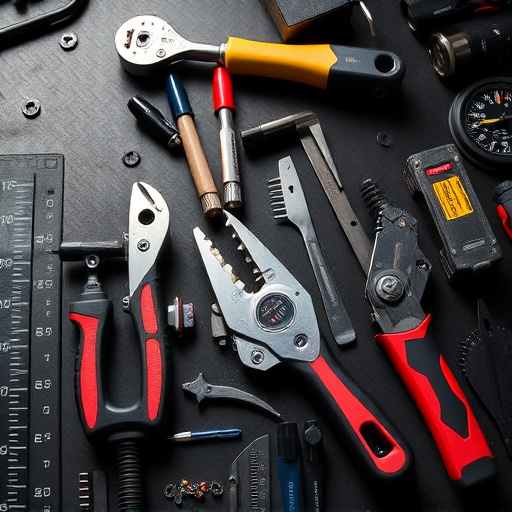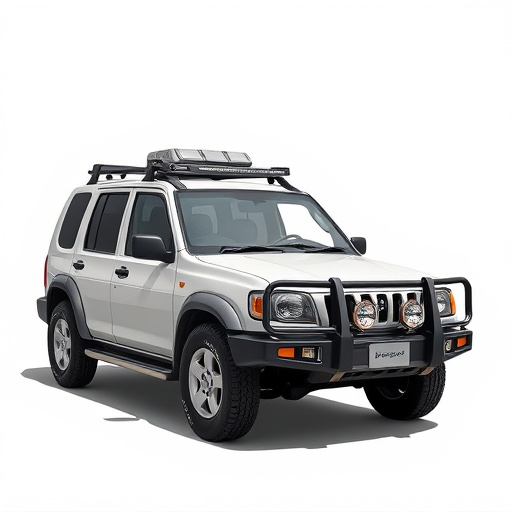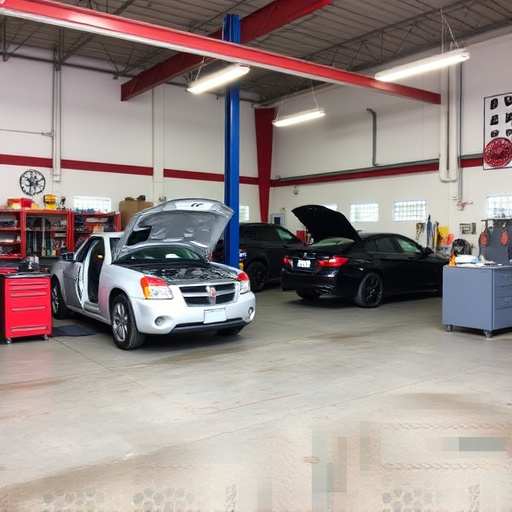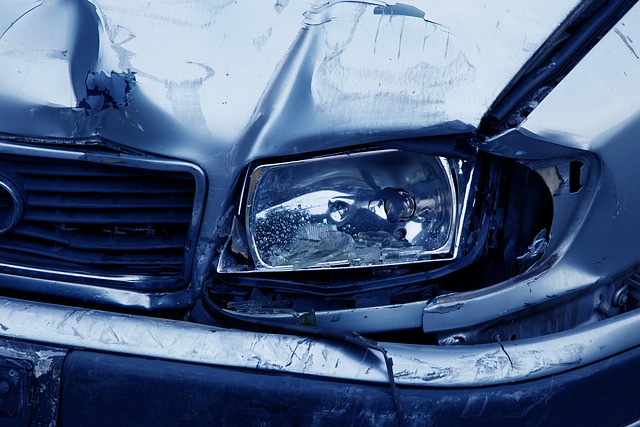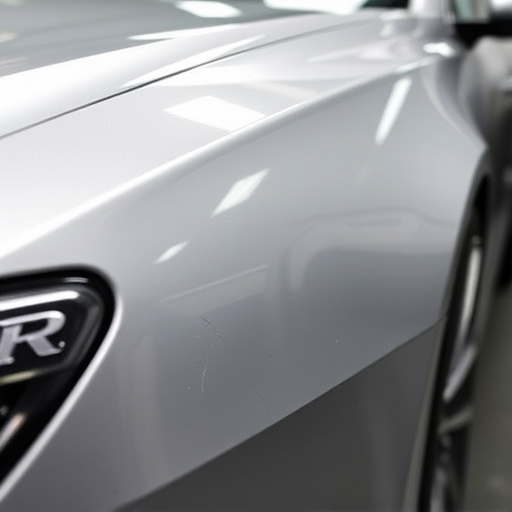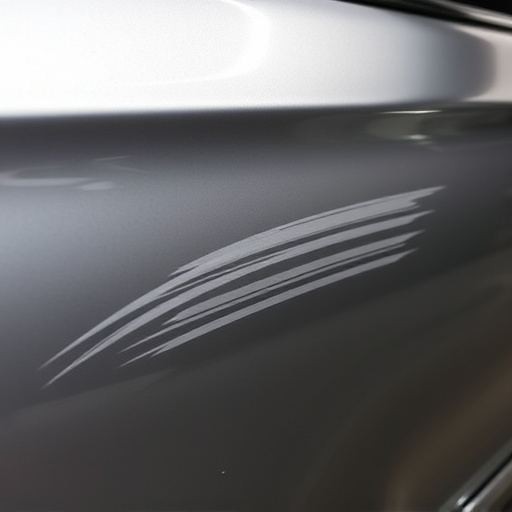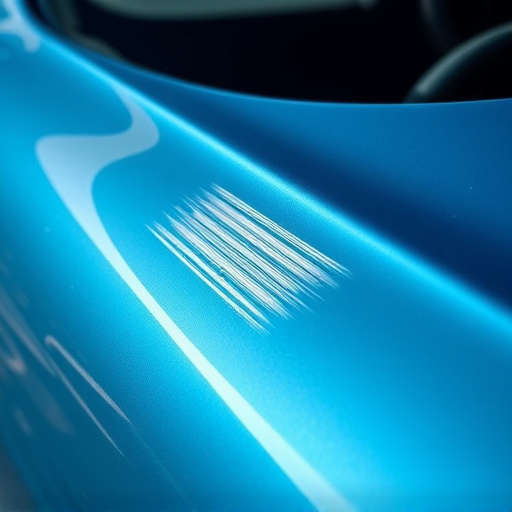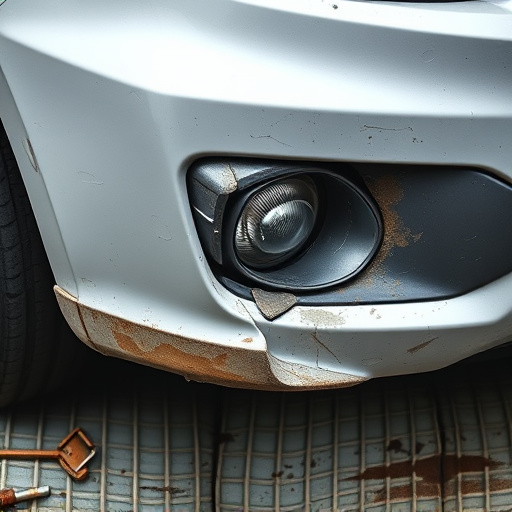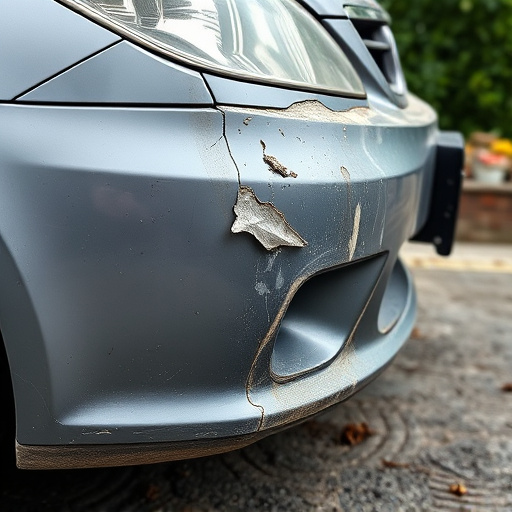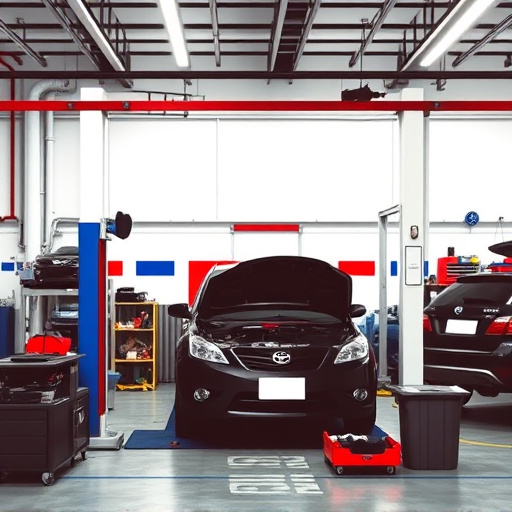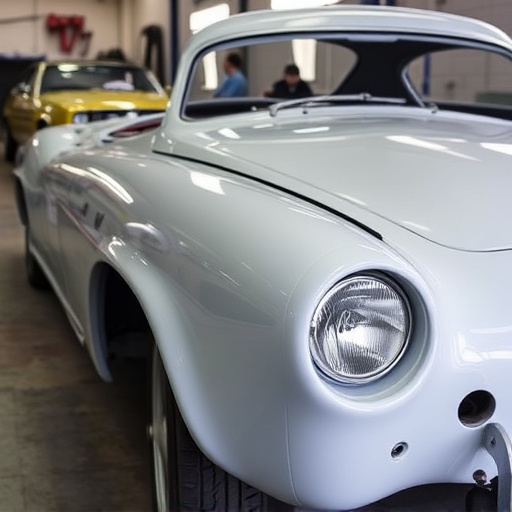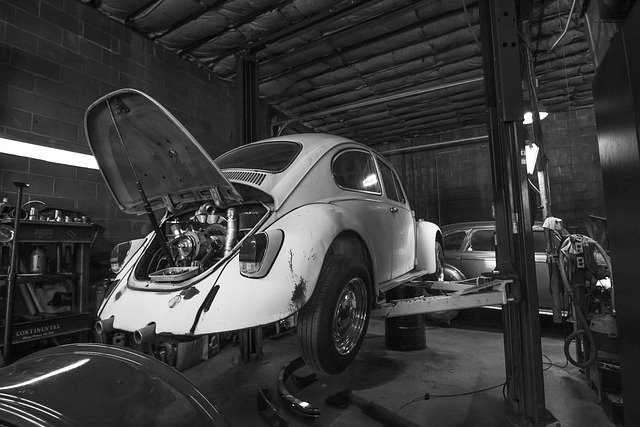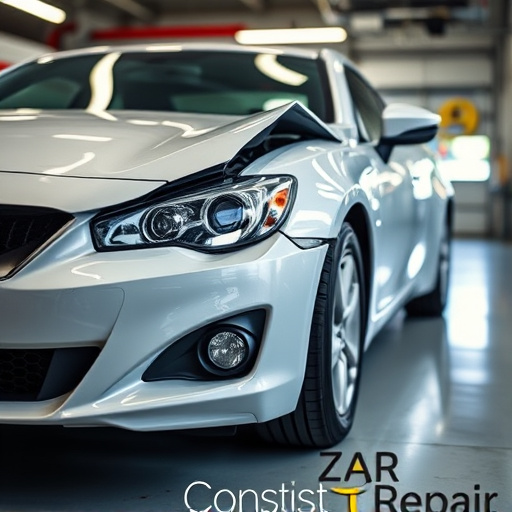Regularly inspect vehicles for subtle wind damage signs like distorted panels, loose trim, and compromised seals. Assess dents, cracks, bulges in body panels and edges, focusing on corrosion-prone areas. Timely intervention minimizes repair needs, ensuring safety with professional auto body restoration after severe weather. Wind damage auto body work addresses structural integrity issues, prevents corrosion, and enhances vehicle appearance, resale value.
“Are you noticing unusual markings on your vehicle, questioning if it’s time for a wind damage auto body repair? Wind can be an invisible yet powerful force, leaving behind visible signs of distress on your car. This article guides you through recognizing common wind damage—from dents and cracks to more subtle indicators—and offers insights into the restoration process. Learn how to assess the extent of the damage and take the first steps towards restoring your vehicle’s safety and aesthetic appeal after wind damage.”
- Recognizing Common Wind Damage on Vehicles
- Assessing Dents and Cracks: What to Look For
- Restoring Your Car's Safety and Aesthetics Post-Wind Damage
Recognizing Common Wind Damage on Vehicles

Wind damage on vehicles can often go unnoticed, especially if the effects are subtle. However, knowing the common signs can help owners identify issues early and prevent further complications. One of the most visible indicators is distorted or bent panels, particularly around door frames and window lines. These areas are more susceptible to wind pressure during severe weather, leading to deformities that might not be immediately apparent.
Another sign to look out for is loose or missing trim pieces, such as plastic molds around doors or hoods. Strong winds can lift these components, causing them to become detached and require collision repair. Additionally, closely inspect the rubber seals around windows and doors; if they appear cracked, hardened, or no longer seal properly, it could be a result of wind damage over time. These issues not only affect the vehicle’s aesthetics but also its overall safety and functionality, underscoring the importance of regular checks and timely visits to an automotive body shop or classic car restoration center for maintenance.
Assessing Dents and Cracks: What to Look For
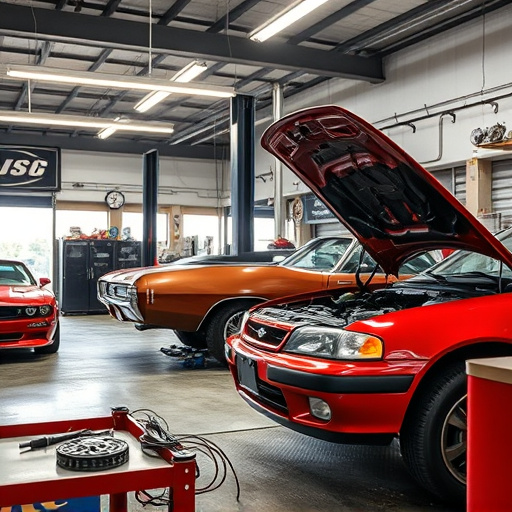
When assessing wind damage to your vehicle, one of the first things to look for is dents and cracks. Wind can cause a variety of issues, from small nicks and scrapes to more significant deformities in panels or doors. Carefully inspect your car’s exterior for any bulges, indentations, or unevenness in the body panels. These are clear indicators that wind damage has occurred. Additionally, check for cracks along the edges of doors, hoods, or trunks—common spots where force from strong winds can create stress points.
Pay attention to areas already prone to corrosion or paint flaking, as these might be more susceptible to wind damage. If you notice any new or unusual damage in these zones, it could signal a need for vehicle body repair at an automotive body shop. Remember, timely intervention is crucial for minimizing the extent of repairs required and ensuring your safety on the road. Consider the signs carefully, especially after severe weather events, to determine if automotive restoration is necessary to restore your vehicle to its pre-damage condition.
Restoring Your Car's Safety and Aesthetics Post-Wind Damage
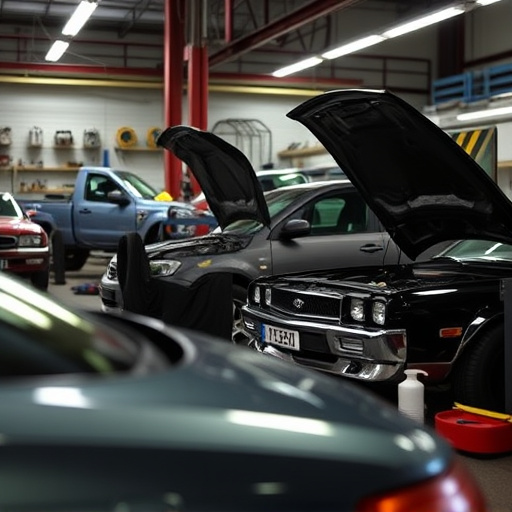
After sustaining wind damage, restoring your car involves both safety considerations and aesthetic enhancements. Wind damage auto body work isn’t just about making your vehicle look good; it’s critical for maintaining its structural integrity. Cracked or broken windows, bent frames, and torn roof panels can compromise the safety of the occupants during future drives. Auto repair services specializing in wind damage will assess and fix these issues to ensure your car meets safety standards.
Moreover, vehicle paint repair plays a significant role in not just restoring aesthetics but also protecting the underlying metal from further corrosion. Depending on the severity, repairs might include replacing damaged panels, fender repair, or even complete body painting. This meticulous process not only revives the look of your car but also enhances its resale value. Remember, prioritizing wind damage auto body work is an investment in both safety and longevity of your vehicle.
If your vehicle has sustained wind damage, it’s crucial to address it promptly to ensure both safety and aesthetic restoration. By recognizing common signs like dents, cracks, or distorted panels, you can take the first step towards a seamless recovery. Engaging professional auto body services specialized in wind damage repair is essential for restoring your car’s structural integrity and its original, appealing appearance. Don’t let temporary aesthetics compromise your safety; seek expert care to handle wind damage auto body work effectively.
